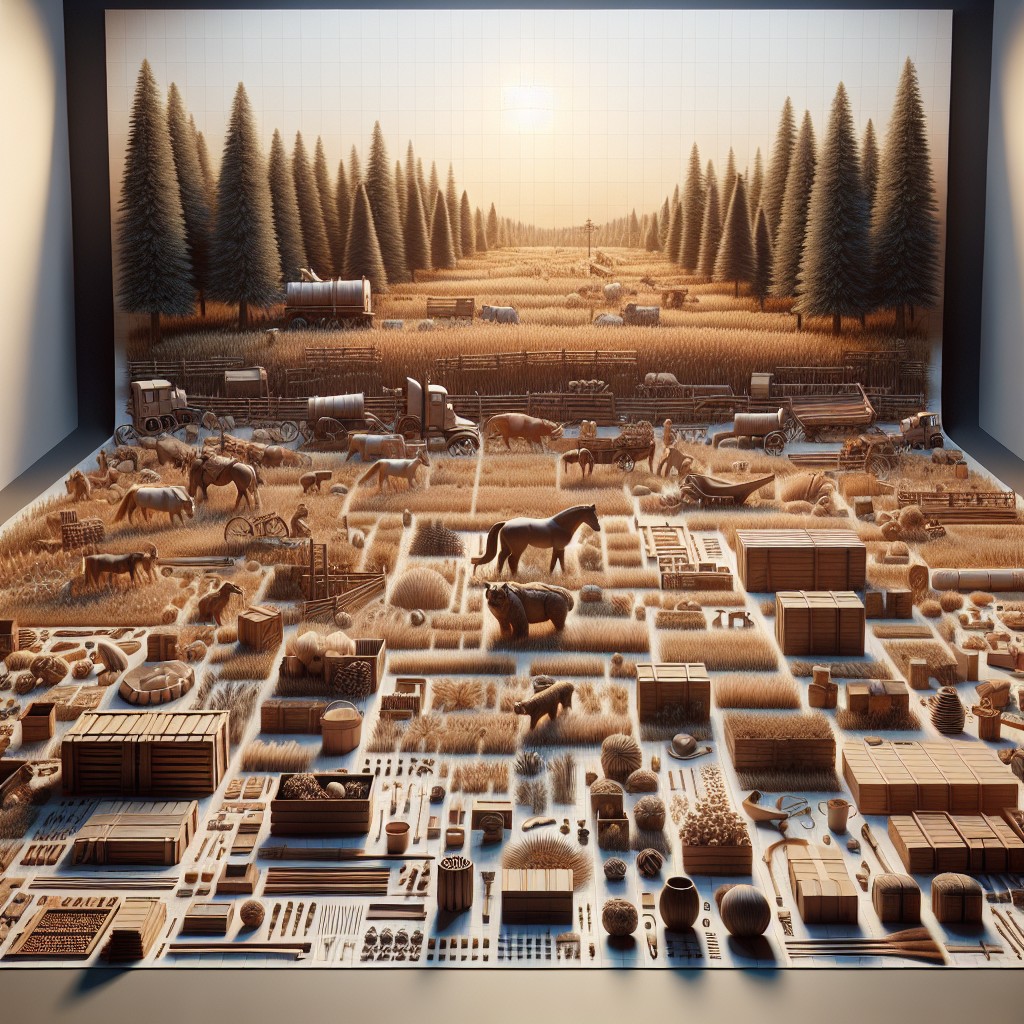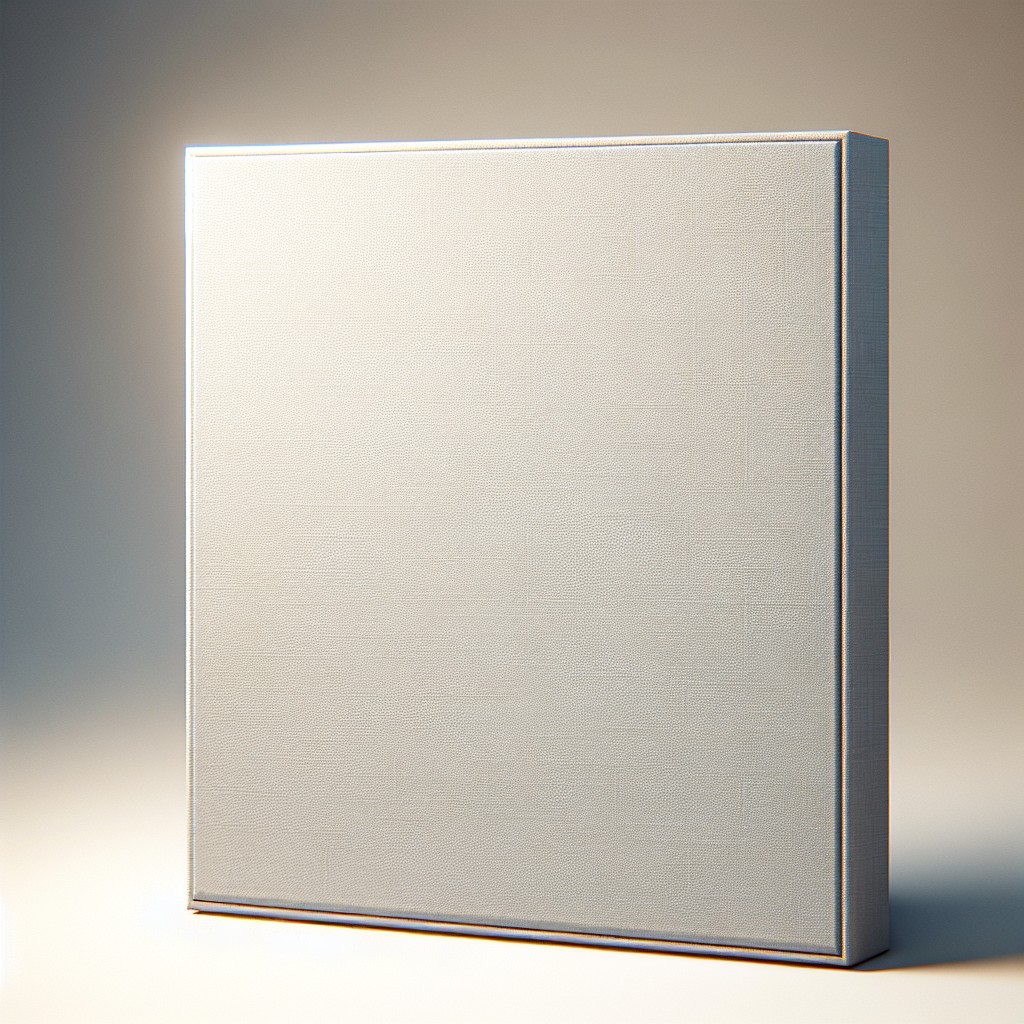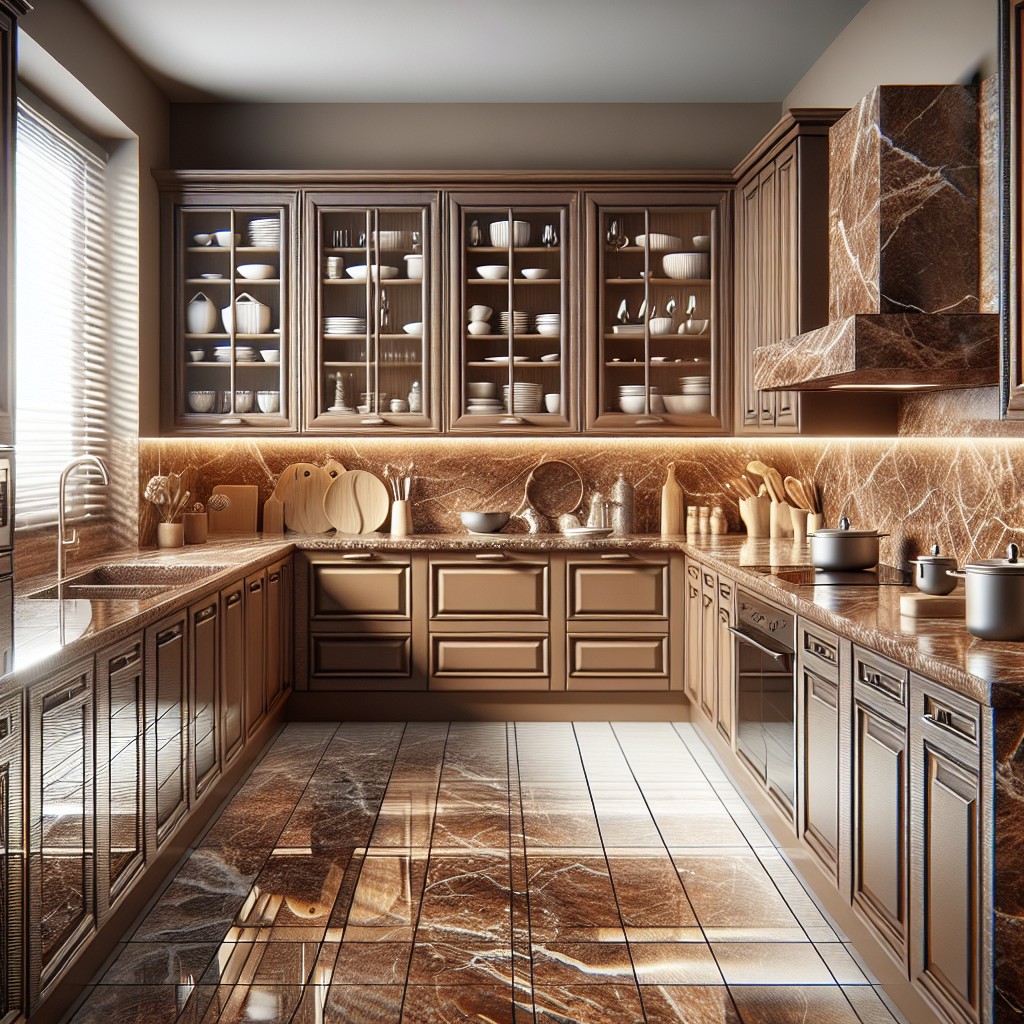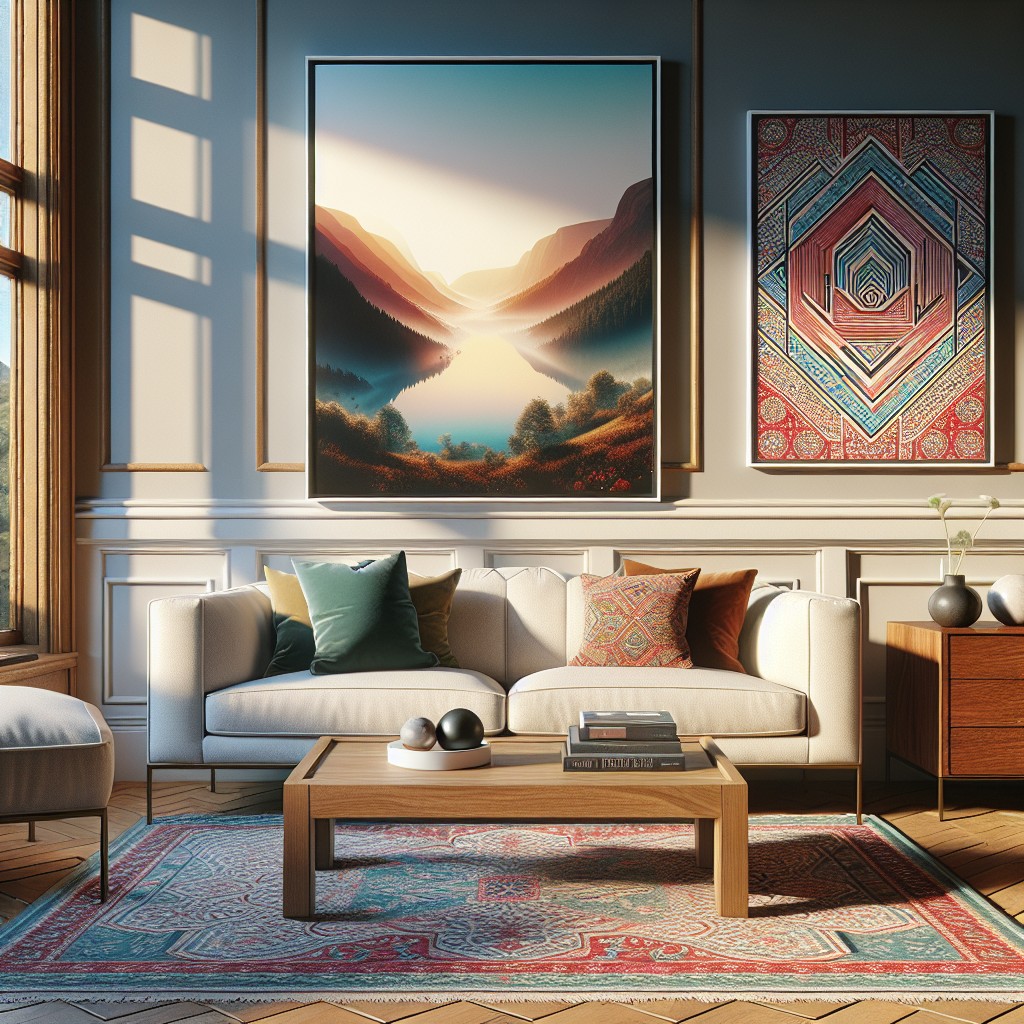Last updated on
Delving into the intriguing realm of measurements, this post will analyze the magnitude of a 20 x 30 measurement by comparing it to various common objects and spaces.
Key takeaways:
- 20 x 30 inches is a common size for artwork frames and photo prints.
- It can also represent the floor space for event tents or garden beds.
- In centimeters, 20 x 30 is approximately 50.8 x 76.2 cm.
- Examples of 20 x 30 dimensions usage include art frames, billboards, and garden beds.
- Comparisons include yoga mats, twin mattresses, desk sizes, and doorways.
What's Inside
Understanding 20 X 30 Dimensions

When we discuss “20 x 30” dimensions, we’re generally referring to length and width, height and width, or height and length, depending on the context, where 20 inches (in) is one side and 30 inches is the perpendicular side. This size can apply to a variety of objects or spaces, from posters to rooms:
- In framing, this measurement suggests an artwork or photo requiring a 20 x 30 frame.
- In event spaces, particularly for tents or booths, these dimensions outline the floor space allocated.
- For garden plots, a 20 x 30 foot (ft) area would define a sizable vegetable or flower bed.
Yet, “20 x 30” isn’t confined to inches or feet; it could very well be expressed in metric units, for example:
- A canvas measuring 20 x 30 centimeters (cm) for paintings or photos.
- A bookshelf with 20 x 30 cm shelves is ideal for compact spaces or for holding smaller items.
Recognizing these measurements’ versatility is key. Whether planning a gallery wall, organizing an event, designing a garden, or selecting furniture, the “20 x 30” dimension serves as a critical guideline to accommodate various planning needs.
Dimensions in Inches

A 20 x 30 dimension simply translates to 20 inches in width by 30 inches in height, a standard rectangle shape. To visualize, think about two standard rulers laid end to end, that gets you close to 20 inches, while three rulers would approximate the 30-inch length.
This size is medium-large by most standards, falling in between a poster and a small-sized rug.
In practical terms, it’s roughly the size of a medium bulletin board; ample space for a detailed poster, yet not so large that it dominates a typical wall in your home. If you’re a photography enthusiast, it’s also a common size for enlarging portraits or landscape shots, offering a striking balance between detail and wall space conservation.
For a more tangible comparison, it’s just a bit narrower than a twin-size bed width and slightly shorter in length than a yardstick. In the art world, canvas prints of this size are popular for making a statement without overpowering a living space.
Dimensions in Centimeters
Converting to the metric system, 20 x 30 inches is approximately 50.8 x 76.2 centimeters (cm). This is a standard size for posters and canvas prints, particularly favored in home decor.
- To visualize this, consider that an A1 size piece of paper measures about 59.4 x 84.1 cm. The 20 x 30 inch size is slightly smaller than this.
- In practical applications, a 50.8 x 76.2 cm space on your wall would comfortably accommodate this size, leaving ample room for framing if desired.
- For photographers and artists, understanding this conversion is key when sizing work for exhibitions or gallery displays, where metric measurements are the norm.
Keeping a conversion tool or chart handy is beneficial, since dimensions in centimeters offer greater precision—a nuance particularly appreciated in design and craftsmanship fields.
Examples of 20 X 30 Dimensions Usage
Illustrating the practicality of 20 x 30 dimensions can bring more clarity to conceptual understanding. Here are several ways these measurements are integrated into everyday items and scenarios:
- Artwork and Photo Frames: Often, a 20 x 30-inch frame is chosen by artists and photographers to present larger works for exhibits and home decor.
- Billboards and Posters: This size is typically used for medium-sized promotional materials that need to be visible from a distance without being as large as highway billboards.
- Architecture Plans: In architectural drawings, a scaled-down plot can be depicted on 20 x 30-inch paper, providing a balance between detail visibility and portability.
- Garden Beds: For small to medium-sized gardens, plots of 20 x 30 feet offer ample space for a variety of plants while ensuring easy maintainability.
- Rugs and Mats: A 20 x 30-inch rug is ideal for entryways, acting as a functional piece to keep your home clean and adding an aesthetic touch.
These examples show the versatility of the 20 x 30 measurements, which can be applied to visual arts, advertising, design, gardening, and home furnishings.
Comparison With Common Object Sizes
Placing the 20 x 30 dimensions alongside everyday objects provides a tangible reference point that can be particularly useful when visualizing size. Let’s draw some parallels:
1. Standard Yoga Mat – Most yoga mats are 24 x 68 inches, so a 20 x 30 area is slightly shorter in length and significantly narrower, akin to just the central portion of the mat.
2. Twin Mattress – A traditional twin mattress measures approximately 38 x 75 inches. Thus, a 20 x 30 space would be about half the width and less than half the length of the mattress.
3. Doorway – The average interior doorway in the United States is about 30 inches wide by 80 inches tall. So, the 20 x 30 measurement would be smaller than the width of a doorway and much shorter in comparison to the height.
4. Office Desk – Many office desks are about 48 x 30 inches. The 20 x 30 dimension fits within that footprint, indicating it’s about the size of a small desk or a large monitor stand.
By likening the 20 x 30 measurements to these common objects, we establish a mental image of the space we’re discussing, which aids in understanding and applying these measurements in practical settings.
Visual Representation
Visual representation helps bridge the gap between abstract numbers and practical understanding. A clear visual can convey the size of 20 x 30 in a way that mere numbers cannot.
Consider these points:
- Draw a rectangle on graph paper, using each square as a unit of measure to create a scale model. If each square represents an inch, you’ll see the footprint 20 x 30 inches would occupy.
- Imagine four standard letter-sized sheets of paper laid side by side lengthwise. This would closely approximate 20 inches in width. Now picture fifteen sheets laid end to end for a rough estimate of 30 inches in length.
- For digital clarity, use a graphic design software to create a rectangle with the dimensions 20 x 30. Zoom in and out to get a feel for these dimensions on a screen.
- If you’re near a printer, printing out a scaled-down version where 1 inch represents 5 inches, giving you a 4 x 6-inch representation, which is easy to hold and visualize the full size.
- Look for items around you for a physical comparison. A standard carry-on suitcase is typically 22 x 14 x 9 inches, slightly larger than a 20 x 30 dimension flat. Visualizing this can help you appreciate the size in a three-dimensional space.
These points emphasize the utility of converting measurements into visual representations, making the dimension more relatable and comprehensible.
Applying 20 X 30 Measurements in Interior Design
When incorporating a 20 x 30-inch element into interior design, spatial harmony is crucial. Here are a few points to ensure you utilize this measurement effectively:
- Wall Art Balance: A 20 x 30 piece of art is large enough to be a focal point. Center it above a sofa or bed, ensuring it spans roughly two-thirds the furniture’s width for a visually pleasing effect.
- Area Rug Placement: For small rugs or mats, this size can define a niche area within a room, such as a cozy reading corner. Be mindful not to choose a rug this size if it looks too small compared to the room’s scale.
- Window Treatments: Curtains or blinds in this dimension can frame smaller windows, but consider layering or adding panels for larger windows to maintain symmetry.
- Mirrors and Functionality: Mirrors of this size can both adorn a space and enhance its brightness. Place them opposite light sources to maximize natural light diffusion or to give the illusion of a larger room.
- Spatial Planning: In smaller spaces, a 20 x 30 item needs to breathe. Ensure there’s adequate room around it to avoid a cramped feel, creating a sense of openness instead.
- Mix and Match: Don’t be afraid to pair 20 x 30 items with objects of varying sizes. A clustered wall gallery with different frames can add dynamic interest to your interior landscape.
Remember, the key is proportion and placement—20 x 30 measurements can achieve both elegance and function when effectively integrated into a room’s design narrative.
Poster Specifications for 20 X 30 Size
When selecting a poster with dimensions of 20 x 30 inches, it’s vital to consider the aspect ratio, which is 2:3. This makes it a very versatile size for artwork, photography, or even promotional material, as it fits a variety of images without necessitating significant cropping or alteration.
For best visual impact, ensure that your image resolution is high, ideally above 300 dpi (dots per inch). This will guarantee a crisp, clear print that can be viewed comfortably from a typical room distance.
The margin is another element to be aware of. A typical margin size for a 20 x 30 inch poster is around one inch, allowing space for framing without obscuring any essential elements of the design.
Paper weight and finish are also important, particularly if the poster is for a gallery setting or a high-end display. A weight of 170gsm (grams per square meter) or higher provides a good balance of heft and ease of handling, and a matte or semi-gloss finish can enhance the viewing experience, depending on lighting conditions and personal preference.
Lastly, when planning for framing or mounting, it’s wise to check the frame’s exact opening size, as some 20 x 30 frames may have a slightly different viewable area due to the width of the frame’s edge, known as the moulding.
Metric Vs. Imperial Measurement Systems
Navigating the world of measurements can often feel like traveling between two countries that don’t speak the same language: Metric and Imperial. These systems are the Rosetta Stones of dimensions, each with their unique units and conversion factors.
The metric system reigns with its logical 10-based structure, offering a streamlined path through millimeters, centimeters, and meters. It’s like a set of nesting dolls, each size fitting neatly into the next.
On the flip side, the Imperial system, with its inches, feet, and yards, can seem like a puzzle, each piece a remnant from history’s diverse set of measurement standards. Twelve inches to the foot, three feet to the yard — a dance of different steps, if you will.
Understanding both systems allows for a mental gymnastics of sorts. Imagine the 20 x 30 inch poster in your living room, that’s approximately 508 x 762 millimeters — a swift conversion for anyone versed in these measurement dialects.
Keep in mind that navigating conversions is a breeze with the right tools: a calculator or conversion chart can act as your trusty travel guide, ensuring a smooth journey from inches to centimeters and beyond.
As you wield these systems with confidence, you’ll find that whether you’re discussing the size of a photograph, a rug, or a plot of land, you can effortlessly translate your vision into the language that resonates best with your audience.
FAQ
What size is 20 x 30?
The size of 20 x 30, also known as "Double Crown", measures 508mm x 762mm and is traditionally used for theatrical show and event promotions.
What size is 20×30 frame?
A 20×30 frame is a moderately large-sized frame measuring 20 inches in width and 30 inches in height, ideal for accommodating medium to large artworks or photographs.
How big is 20 by 30 square feet?
The size of a space that is 20 by 30 feet is 600 square feet.
What size mat for a 20×30 picture?
For a 20×30 picture, an ideal size of the mat would be 24×36 inches.
What are some objects approximately 20×30 inches in size?
A standard poster, a small area rug or a large painting can typically measure around 20×30 inches in size.
If a room is 20×30 feet, what is its area in square feet?
The area of a room that measures 20×30 feet is 600 square feet.
How many 20×30 inch prints can fit in a space measuring 100×180 inches?
A space measuring 100×180 inches can accommodate fifteen 20×30 inch prints.




